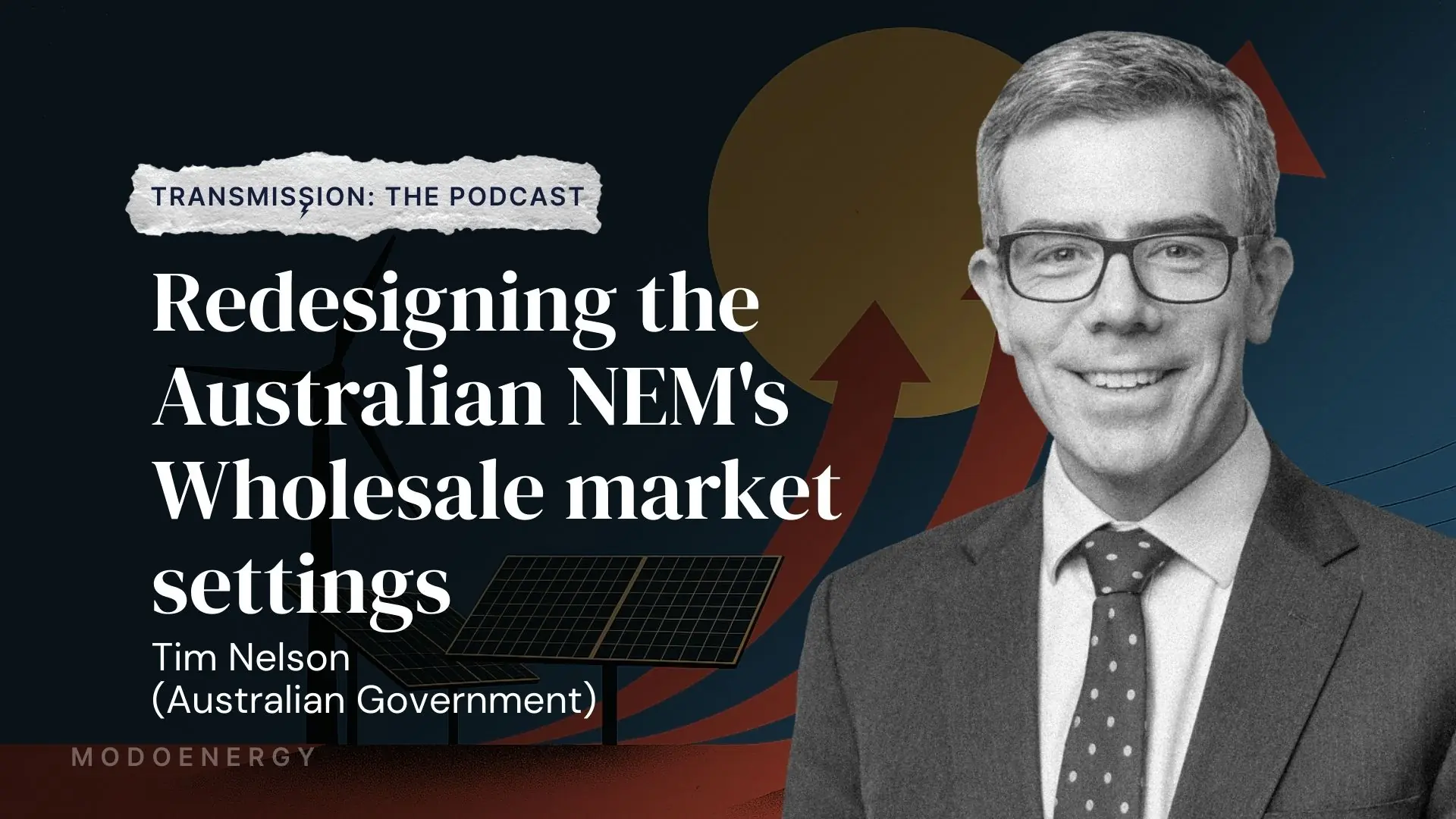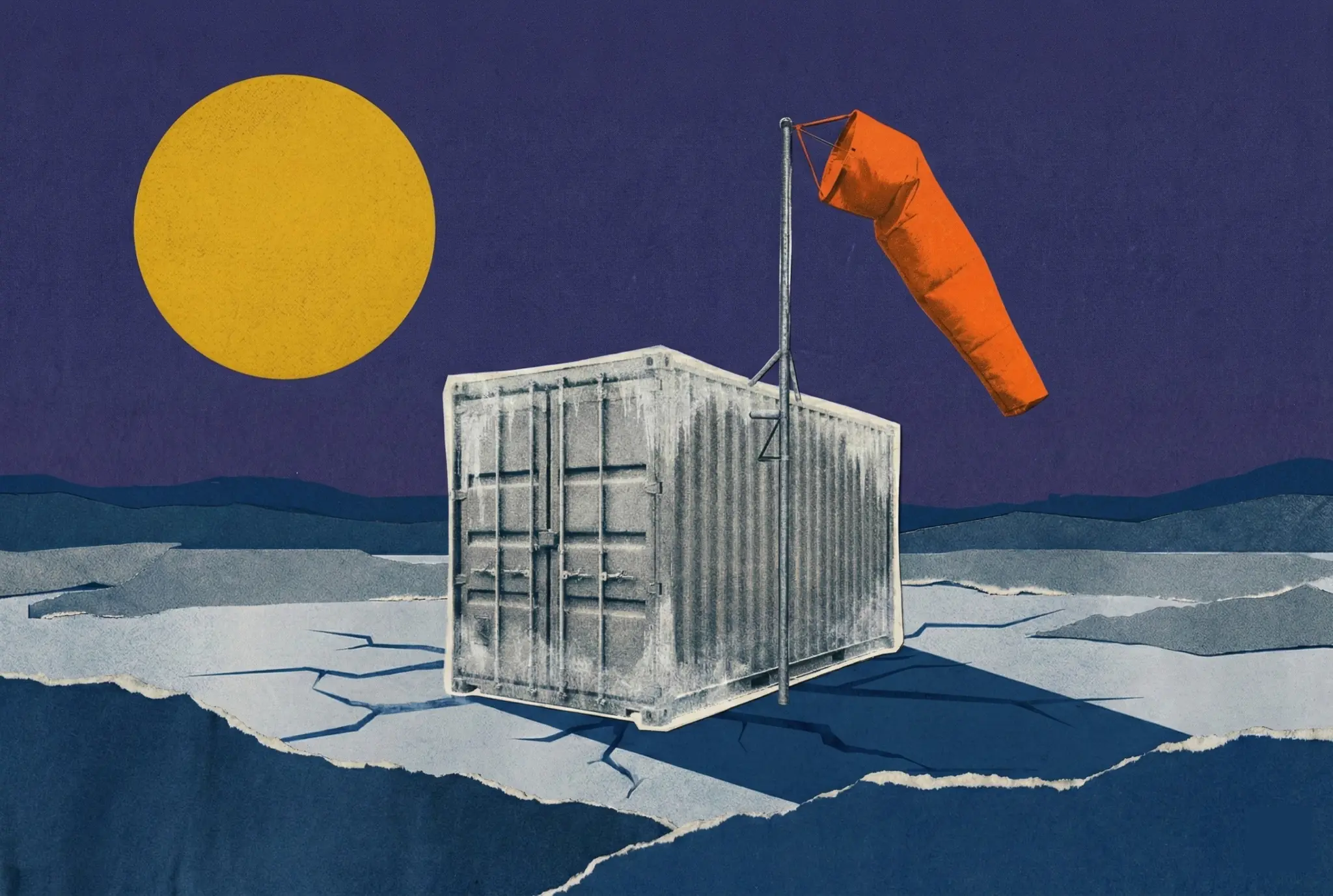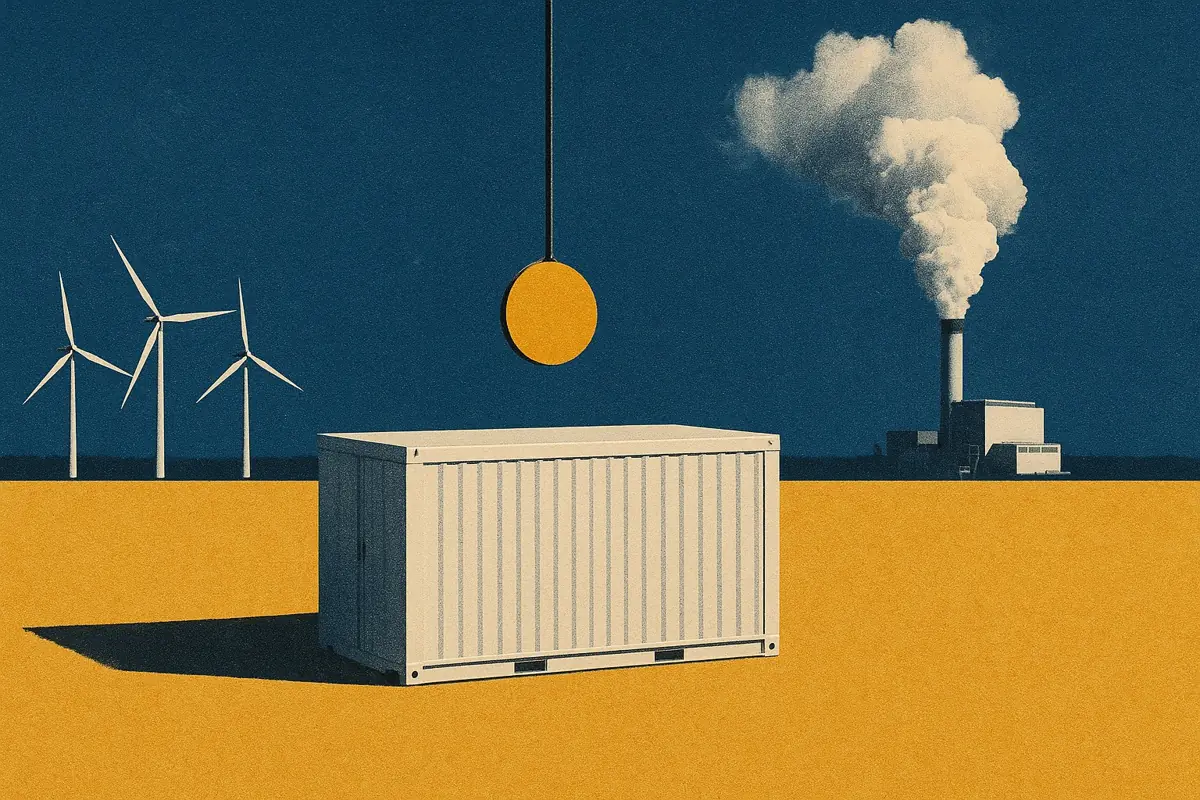2022 has been an exceptional year in many ways. In this article, we look back on what has changed in the battery energy storage industry throughout the year.
Key takeaways:
- Installed capacity increased by a record 542 MW. However, this was far behind our expectations at the start of the year.
- Revenues grew by 19% thanks to record prices in Dynamic Containment and Monthly FFR.
- And... we reveal our top 3 performing batteries of 2022.
Total installed capacity increased by 39% to take the GB battery energy storage fleet to 1.93 GW in size
2022 was a record year for battery storage. The addition of 12 new grid-scale storage projects totaling a record 542 MW saw the fleet increase to 1.93 GW in size. This is a 39% increase in capacity from 2021.
The total energy capacity of the fleet increased by 48% to 2.24 GWh. This means the average duration of the GB battery energy storage fleet is now up to 1.2 hours.
Figure 1 shows how the GB battery energy storage fleet has grown over the last 7 years.

So, how did we reach this new total? Figure 2 shows the new capacity additions that came online in 2022.

December saw the start of commercial operation for the 100 MW / 100 MWh Capenhurst battery, owned by Zenobē Energy, and the 98 MW / 196 MWh Pillswood battery, owned by Harmony Energy. These are the first batteries greater than 50 MW in size to come online since the 100MW Minety battery in June 2021.
Despite the record 542 MW of new capacity, this is a long way behind expectations for the year. From our analysis of the battery pipeline in March this year, we expected there to be around 1,600 MW of capacity added in 2022.
Supply chain and connection delays have been quoted as the main reason for these delays. We will see in 2023 whether the industry can overcome these hurdles - if so, we should see the record shattered next year.
Battery energy storage revenues reached record levels, hitting £156k/MW across the year
Revenues for the battery energy storage fleet increased 19% from 2021 to hit £156,000/MW for the year. The two big contributors to this were frequency response contracted revenues, in particular, Dynamic Containment (63% of total revenues) and Monthly FFR (25%).
Figure 3 shows the fleetwide revenue stack for the last three years.

Dynamic Containment revenues increased 15% from already incredibly high returns in 2021. Meanwhile, Monthly FFR revenues increased by a whopping 253%. There are two big reasons for these increases:
Firstly, the slower-than-anticipated growth in new battery energy storage capacity meant that the saturation of these services has taken longer than expected. This meant there was little downward pressure on prices until late 2022.
Secondly, the record power prices in 2022 have increased the cost of procuring Mandatory FFR for National Grid ESO. This cost sets the price caps for frequency response services (you can read all about this here) - therefore, far higher prices have also been available in 2022 than in previous years.
2022 has been a transition year for battery revenues. The last of the old EFR contracts expired early in the year, whilst we saw the two new frequency response services, Dynamic Moderation and Dynamic Regulation, launched in Spring.
Figure 4 shows bid volumes for the two new dynamic frequency response services since launch. Both services have had a volume cap of 100MW since launch.

These two new services have had mixed impacts on the revenue stack. Dynamic Moderation has seen extremely limited participation due to the low prices available compared to opportunities elsewhere.
Dynamic Regulation has had a much larger impact, especially for two-hour batteries - you can read more about it here. We have seen a big bias towards the high service in bidding strategies.
And finally... we crown our top 3 performing batteries of 2022
Congratulations to...
🥇 Contego (£245k/MW/yr) - Owned by Harmony Energy-FRV, operated by Tesla
🥈 Holes Bay (£180k/MW/yr) - Owned by Harmony Energy-FRV, operated by Tesla
🥉 Red Scar (£169k/MW/yr) - Owned by Gresham House, operated by Habitat Energy
Contego was also crowned on top of the (Christmas) tree in 2021. The £245k/MW/yr earned by Contego is an incredible 55% higher than last year.
Contego and Holes Bay are 2 hours in duration, whilst Red Scar is 1.5 hours. One of the key outcomes of 2022 is that we have seen longer-duration assets start to earn more than the 1-hour duration batteries that form the bulk of the GB fleet.
While Dynamic Containment dominated the markets batteries participated in, there was no real differentiation in value for different durations. However, longer-duration batteries are able to achieve higher revenues from markets other than Dynamic Containment, such as wholesale trading or Dynamic Regulation
Figure 5 shows the breakdown of revenues for these three battery assets in 2022.

2022 has seen a huge diversification in optimization strategies for battery storage. This is proven by looking at the revenue breakdown for our top 3 performing assets - they participated in every available market at one point or another, including the two new dynamic frequency response services.
Keep your eye out for the full 2022 Leaderboard in the New Year (with some exciting new updates).
Number one prediction for 2023
2023 will be the year that battery energy storage finally becomes part of the mainstream.
Next year will hopefully see new capacity additions double - with over 1 GW coming online. With the Dynamic frequency response services now mostly saturated, this means every one of these will need to participate heavily in wholesale trading.
It will also make it more important than ever that National Grid ESO improves how it utilizes this volume in the Balancing Mechanism.
Monday 12th December saw a record 721 MW of power discharged from battery storage over the peak. 2023 should see this exceed 1 GW and possibly even reach 2 GW. This will start to exceed even the largest power stations on the network and rival interconnectors for the flexibility it provides National Grid ESO.







